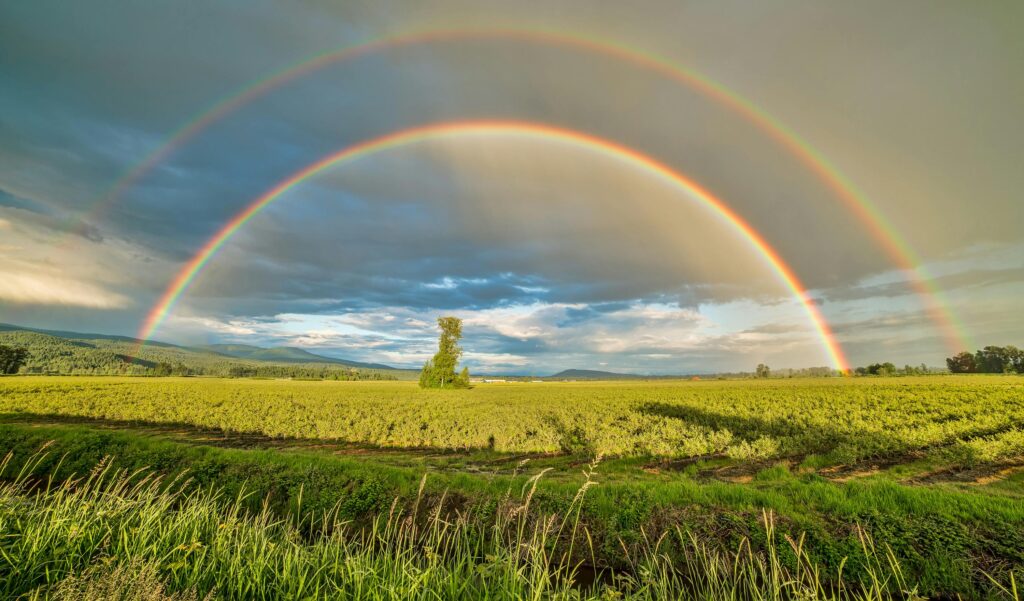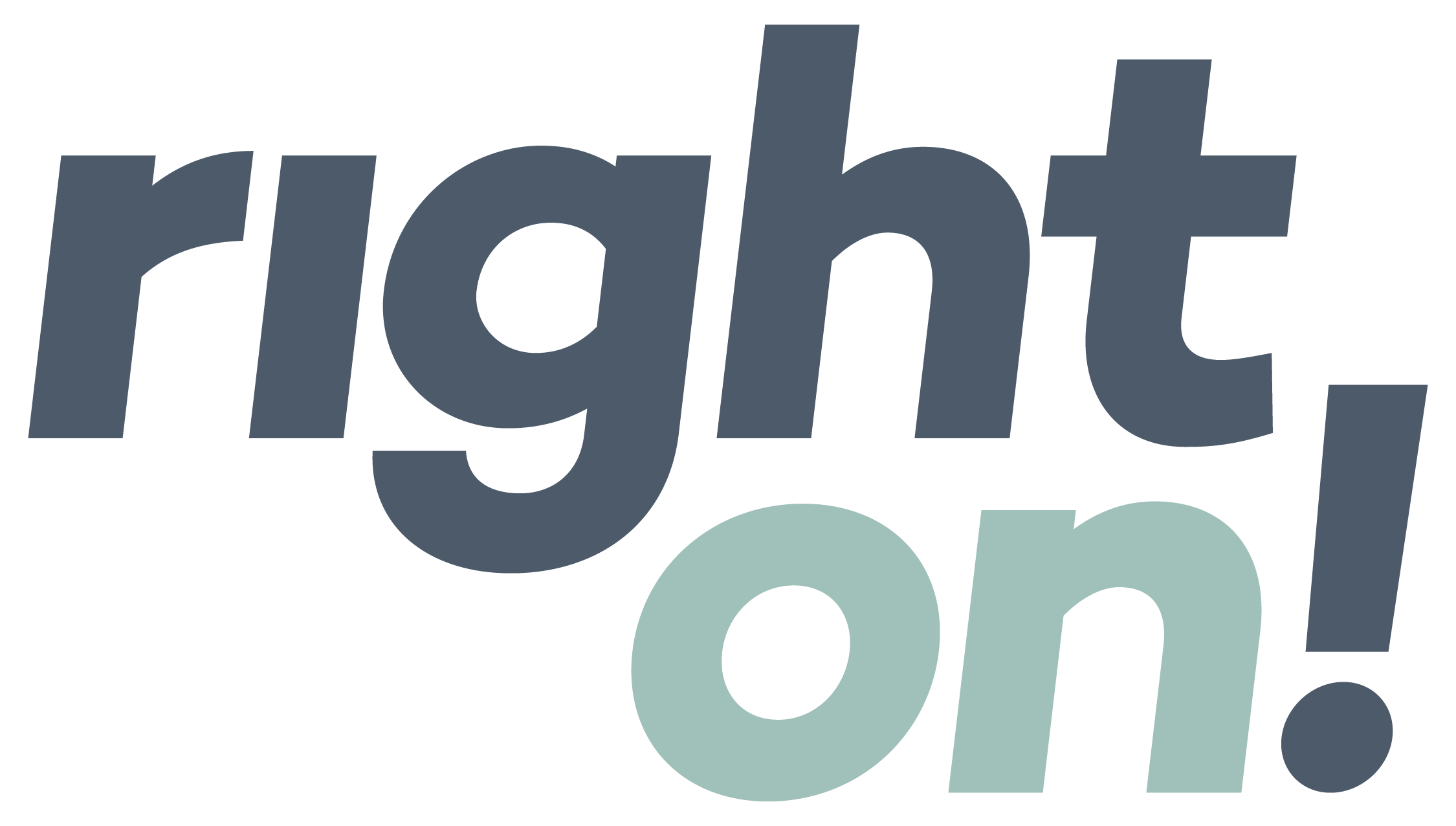
For today’s sustainability reports, just the facts are not enough.
A Q&A with Sustainability Strategist Sarah Beaubien
As an expert in sustainability strategy, Sarah Beaubien knows that even the greenest in the green industry of sustainability have a short attention span for long, data-laden reports. It’s why she’s devoted her career to shining a light on the stories behind the metrics.
I first met Sarah eight years ago when she was overseeing sustainability and innovation at Farmer Brothers Coffee and Tea. Together with Celery Design Collaborative, we partnered on the inaugural Farmer Brothers sustainability report. Sarah assembled a creative team to bring the people and programs to the forefront of the report while supporting that narrative with metrics. After setting Farmer Brothers on a positive path forward, Sarah brought her knowledge and experience of stewardship initiatives to Tillamook County Creamy Association, launching an inaugural report there with our same team. Today, Sarah continues to build strategic sustainability solutions through her position with Quantis International.
I caught up with Sarah to talk trends in sustainability reporting and what’s on the horizon.
Talk to me about the movement toward storytelling in sustainability reporting. Is this a new trend or something that just needed to be more widely communicated?
The need or awareness of storytelling has evolved. You can think of this a lot of different ways. But I see it as convergence kind of like a left brain, right brain parallel—where the metrics are happening on one side and then the anecdotal stories happening on the other. Previously, there was no way to prove the impact of one on the other. And for a time there, story was secondary. But when we start to line the two up next to one another, you can see how these two paths converge. Where the data-driven side can be part of the storytelling. And when you think about this at an organizational level, from my experience, the storytelling is how you start the change management. If an executive or leader in an organization tries to initiate change management with only data and no story, the change probably won’t happen.
I like what I’m seeing now, it’s more human driven.
Along those lines, when it comes to reporting, how do you see companies coalescing what matters across all of their audiences?
We assumed for a long time that people were reading these complex, data-heavy reports. And they weren’t. Even people who are dedicated professionals in the sustainability industry didn’t have the patience for it. Audiences are becoming more sophisticated, they are evolving to understand what’s real and what’s unsubstantiated fluff. Sustainability reporting is driven by standards and frameworks like GRI (Global Reporting Initiative), but there is a definite need to contextualize the information and help show what it means to people. We have to put this information in bite-sized pieces, hitting all audiences with the small sound bites. And storytelling is key. These personal, anecdotal stories provide the hook, but they have to be grounded in data.
Yes, yes. The need to humanize data is something we impress on all of our clients, regardless of industry. What are the ways beyond a traditional sustainability report that companies in the sustainability space can do this?
It’s so different now the way we absorb information. Video is a great medium—and a way to show the people (or animals) behind a process. Online and mobile delivery as opposed to PDF or printed reports allows people to go deeper using video or interactive graphics as the jumping off point. For both Farmer Brothers and Tillamook reports, I really like how we took a layered approach. We could whet a reader’s appetite with a compelling data point woven into a human story, then provide a deeper dive for people who want more. That approach can take someone all the way to an issue brief where they can get really technical and specific information on a material issue.
And beyond the data, how are the companies doing when it comes to authentically communicating their sustainability commitments?
At Quantis, when companies begin this journey to report out their sustainability initiatives and programs, we encourage grounding themselves in who they are first. This starts with values and a science-based baseline versus trying to drive the process to meet some external reporting standard. With the values and data paired up, we can help the client create a more genuine, authentic campaign. Which, of course, results in a report that’s true and real. And back to what I mentioned earlier, audience expectations are much higher now, they can tell when a company is just trying to check a box.
You have deep expertise in sustainable food systems, and in the midst of this pandemic we’re hearing a lot about how our food systems and supply chains are being disrupted. What are you seeing in light of the current situation?
Our national shut down has disrupted our food systems in various ways. One glaring issue is that many food companies don’t have full transparency into their supply chain, so they don’t know where to go to “fix” the problem if there is disruption of supply. You can’t manage the issue if you don’t know where it is. The need for traceability and transparency has never been more apparent. I also am seeing companies double down on resilience. They’re performing risk assessments across things like labor and supply chain to better adapt for the long term.
Something we’ve all experienced is the hyper-local movement. A lot of restaurants are working in unique ways to maintain their supply chain. Solutions like restaurant CSAs (Community Supported Agriculture) are moving food from suppliers and farmers to the public. We’re seeing more people wanting to grow their own food, and everyone is cooking more at home. This has created an awareness of how that connection to our food makes us feel. By slowing down to appreciate the process, I’d say we feel really good. When this is all over, that’s one thing that I hope will remain.
Our Most Recent Insights.
SEE ALL INSIGHTS →
Uncategorized
A more hopeful Earth Day
When it comes to climate messaging, we’ve learned that stories of hope and optimism inspire action.

Reporting
CEO letters that sing (sometimes literally).
Break free from the standard CEO letter format—and create a standout opener for your next sustainability report.

Storytelling
Human stories, not corporate soliloquies.
You’ve got strong DEI commitments and you’re taking action on them. Now, you need compelling, human-centric content that changes hearts and minds.
